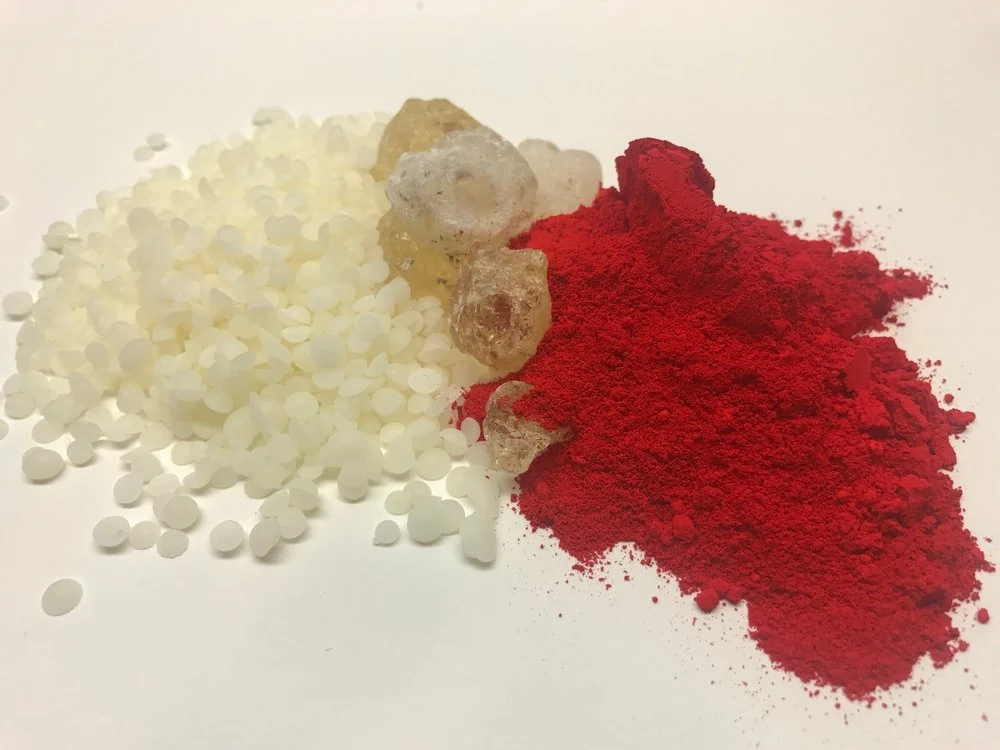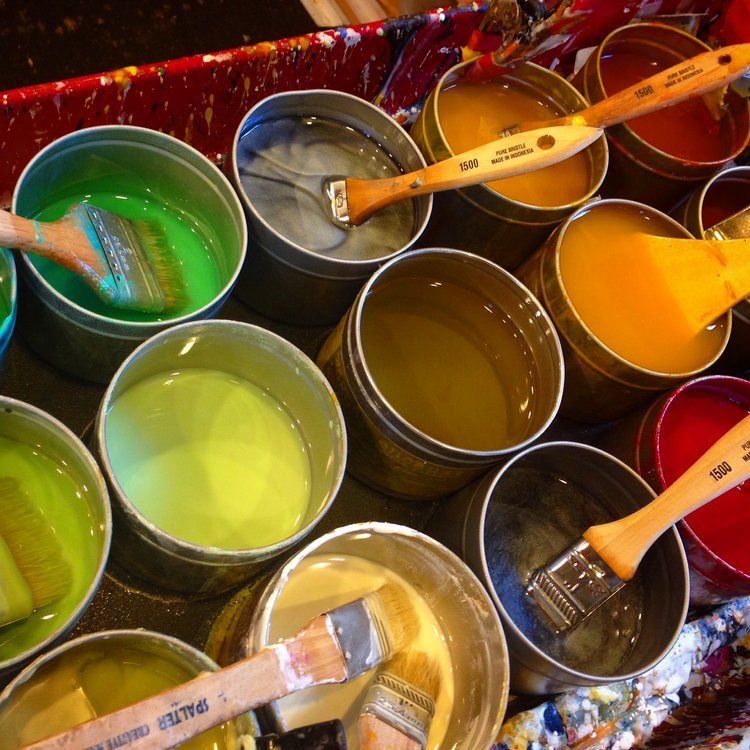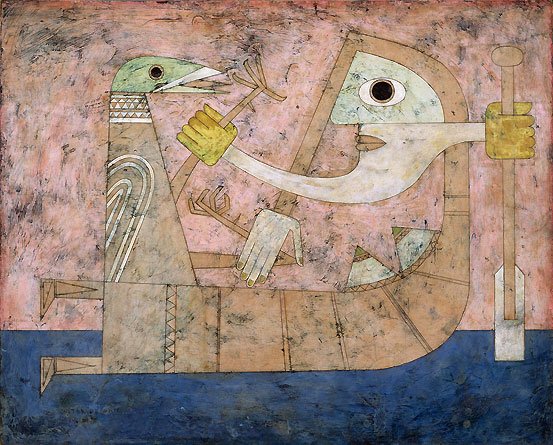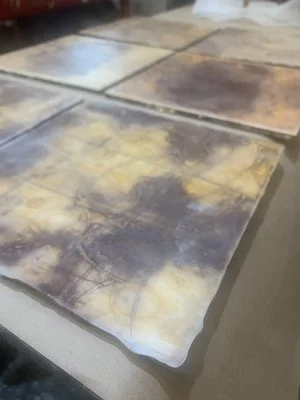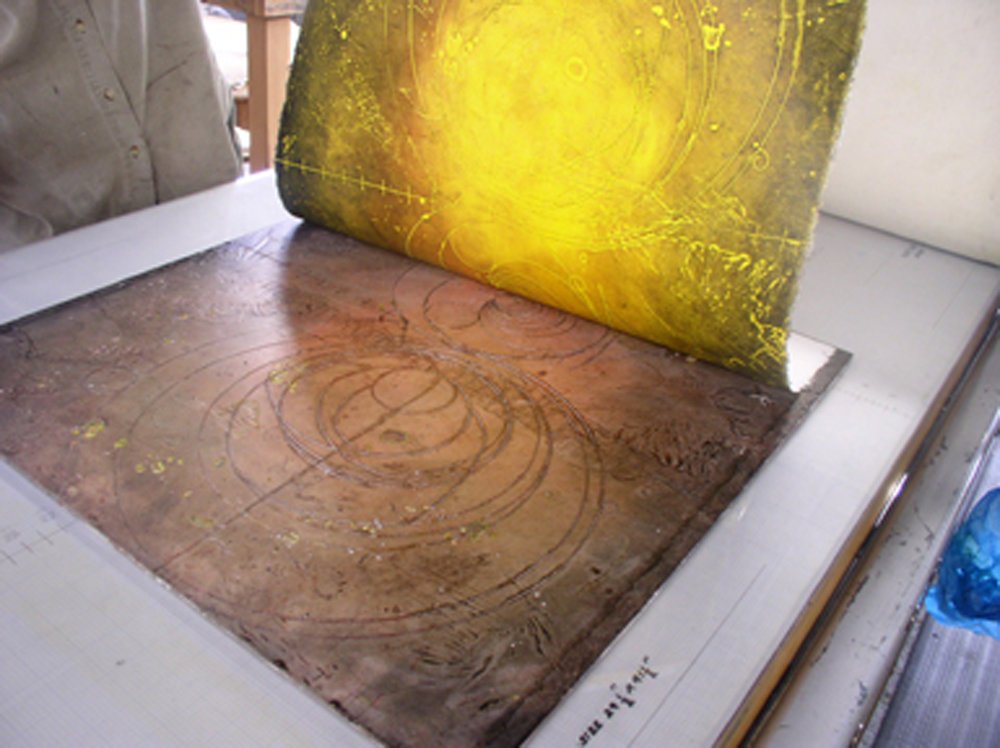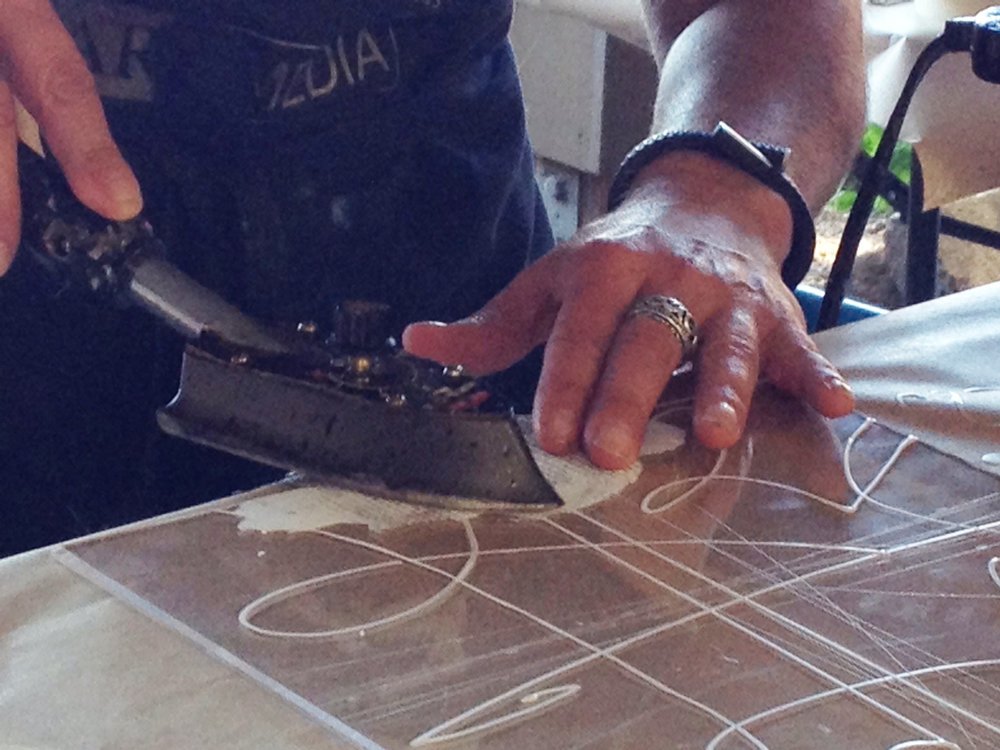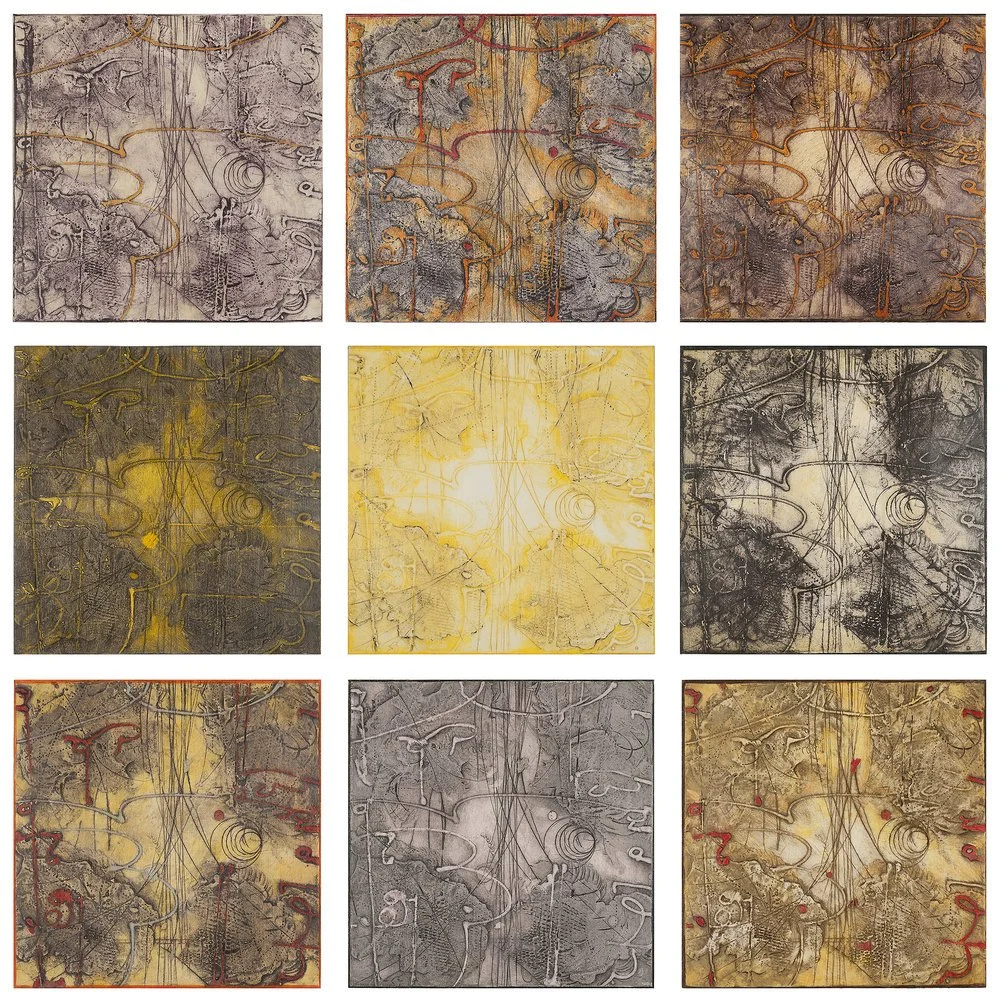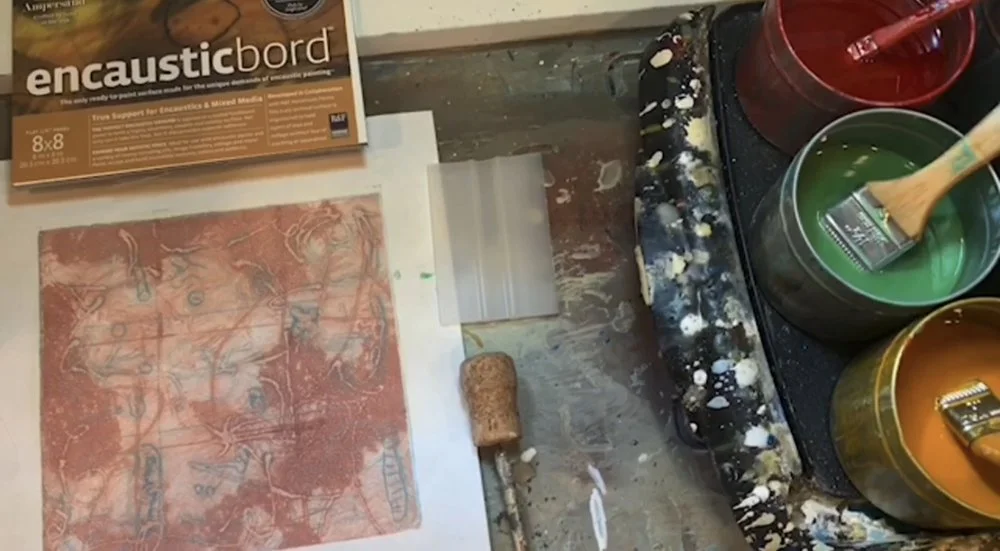Encaustic & Collagraph Printmaking
Encaustic
Encaustic meaning "to burn in” is an ancient medium using molten beeswax combined with dry pigments and natural resin. Greeks that settled in the Fayum region of Egypt adapted the funerary customs of honoring the dead by using encaustic to paint portraits of those past in the prime of their life, with some dating as far back as the 5th century B.C. The resilence and color remained intact, uncracked and unfaded over centuries due to wax's imperviousness to moisture. The Portraits were first discovered in the late nineteenth century. The most extensive collection of the Fayum Portraits can be seen at the Cairo Museum, The Metropolitan Museum of Art, Houston Fine Arts Museum, Museum of Fine Art Boston and several other museum collections.
Encaustic was also used for painting mythological scenes and the Greeks applied coatings of wax and resin to weatherproof their ships. Encaustic is the oldest known pigment binder. When molten, encaustic paint can be applied to a hard substrate such as birch plywood with a brush. Each layer of wax is fused with heat using a heat gun, iron or blow torch to adhere to the surface and ensure stability. Encaustic fell into obscurity after the fall of the Roman Empire due to the high production costs. At that time, artists instead turned to egg tempera which was much cheaper, faster and easier to work with.
Encaustic was revived in the 18th century by novices rediscovering the art and portraits of the ancients. In the 19th century, it was used by mural painters in northern climates prevent dampness due to its preservation property to resist moisture. The industrial revolution of the 19th century brought on the availability of portable electric heating and hand tools. Encaustic saw a modern resurgence most notably in the 1940’s and 50’s murals of Diego Rivera and Abstract Expressionist Jasper Johns.
Collagraph Printmaking
A collagraph is a printing plate with collage applied to it. Plates are usually made of clear acrylic plexiglas, cardboard, paper board or mat board. Materials such as carborundum, acrylic mediums, fabric, textiles, bubble wrap, leaves, stencils, string, netting, wax and grass can all be used in creating the collagraph plate. The plate is then inked, using a cardboard squeegee, stencil brush, stiff paintbrush, or a combination and printed onto paper using an etching press. The resulting print is termed a collagraph. Encaustic white wax is used in place of or, in addition to, collage materials for creating collagraphs.
A Merging of Mediums
The unique process of Encaustic Collagraph Printmaking combines the methods, techniques and tools of both encaustic painting and intaglio printmaking in lieu of using collage materials for creating a collagraph printing plate. The adherent and moisture resistant properties of encaustic along with its overall flexibility, make it an ideal collagraph printmaking material.
Handmade Encaustic Collagraph Paint
Using specially formulated Wagner Encaustic Collagraph White encaustic paint, fusing is optional in order to allow various intaglio textures of the wax to be exploited through the application of non-toxic soy and honey based Akua Intaglio Inks.
Read the story of the development of the unique Encaustic Collagraph Printmaking technique which unites encaustic techniques with that of printmaking in EncaustiZINE.
The wax is conveniently packaged in a can so that you simply set it to melt within an hour on a hotplate or griddle. See further information and instructions on getting started with Wagner Encaustic Collagraph White by clicking on the product link.
Since innovating this unique way of combining encaustic technique with with intaglio collagraph printmaking fifteen years ago, it has come to be known as Encaustic Collagraph. Elise enjoys teaching, presenting and demonstrating this method to artists. Encaustic collagraph printmaking workshops have attracted students to her Portland, Oregon studio from all over the world to learn this particular technique and experience the many elements of surprise that come with pulling prints.
Interested in learning more about encaustic painting or encaustic collagraph printmaking?
Visit Elise Wagner Workshops.



